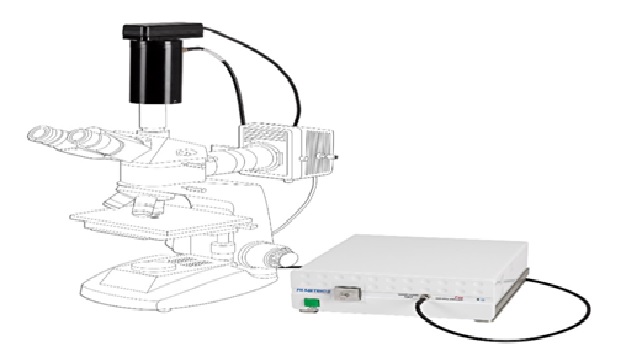BMW Sedan i4 All-Electric Car Launched in India
In a study published in the journal ACS Applied Materials & Interfaces, a mix of chemistry, nanomaterials, and artificial intelligence (AI) was used to produce a straightforward yet cryptographic anticounterfeiting measure.

Figure 1: cryptographic anticounterfeiting measure
Figure 1 shows that the requirement for robust anti-counterfeit solutions is driving scholarly and corporate research to enhance the authenticity and safety of products.
Numerous substances and chemical procedures have been suggested as biometric markers. These vary from intricate ink compositions utilized in currency notes to luminous upconverting nano-phosphorous tags, inkjet printable conjugate polymeric platforms, or molecular identifiers like peptides, DNA, and polymers that promise large encoding potentials and secrecy.
A highly sophisticated anti-counterfeit technique was provided in this system using physically unclonable functions (PUFs) that are predicated on distinct markers created by chemical procedures in a stochastic mechanism. [1]
The characteristic physical feature is often a randomized two-dimensional or three-dimensional pattern, leading to various visual readings. Some nanotechnology-based PUFs, have been described as Ag (NP) Nu (NP).
Reading labels is vital because many approaches depend on complex material for verification, such as dark field, fluorescence, or electron microscopy, limiting their application to overall supply chain needs such as mobility, speed, repeatability, and reduced process cost. [2]
The team demonstrated the possibility of combining chemistry, nanotechnology, and artificial intelligence to develop new cross-discipline techniques aimed at addressing critical sustainability and security challenges.
A sophisticated reversible PUF marker has been demonstrated that combines the success of unique patterning with great encryption capability with a visual colorimetry reading that is seen by the human eye and analyzed using a cellphone.
The approach adopted by the team provided excellent ease of validation (i.e., no visual reading equipment) as well as cutting-edge encryption capabilities by using the catalytic properties of the nanoparticle.
The proposed methodology can be improved by creating different stochastic patterns and platforms, resulting in a higher level of security.
The ability to achieve repeated verification cycles in ambient settings, due to the rapid (ON/OFF) color emergence/fading system caused by nanoscale platinum catalysts, opens up new avenues for in-situ evaluation of potential counterfeits of high-quality products throughout the area. the entire supply network, from quality control after production to individual end-user evaluation. [3]
References:
- Source: https://www.azonano.com/news.aspx?newsID=39195
- https://laki.eu.org/2022/05/27/nanotechnology-and-artificial-intelligence-partner-to-create-smart-anti-counterfeiting-labels/
- https://newsfounded.com/ireland/nanotechnology-and-ai-have-created-smart-anticounterfeiting-tags/
Cite this article:
Sri Vasagi K (2022), Chemistry, Nanomaterials and AI Produced Anticounterfeiting Tags, Anatechmaz, pp. 338

